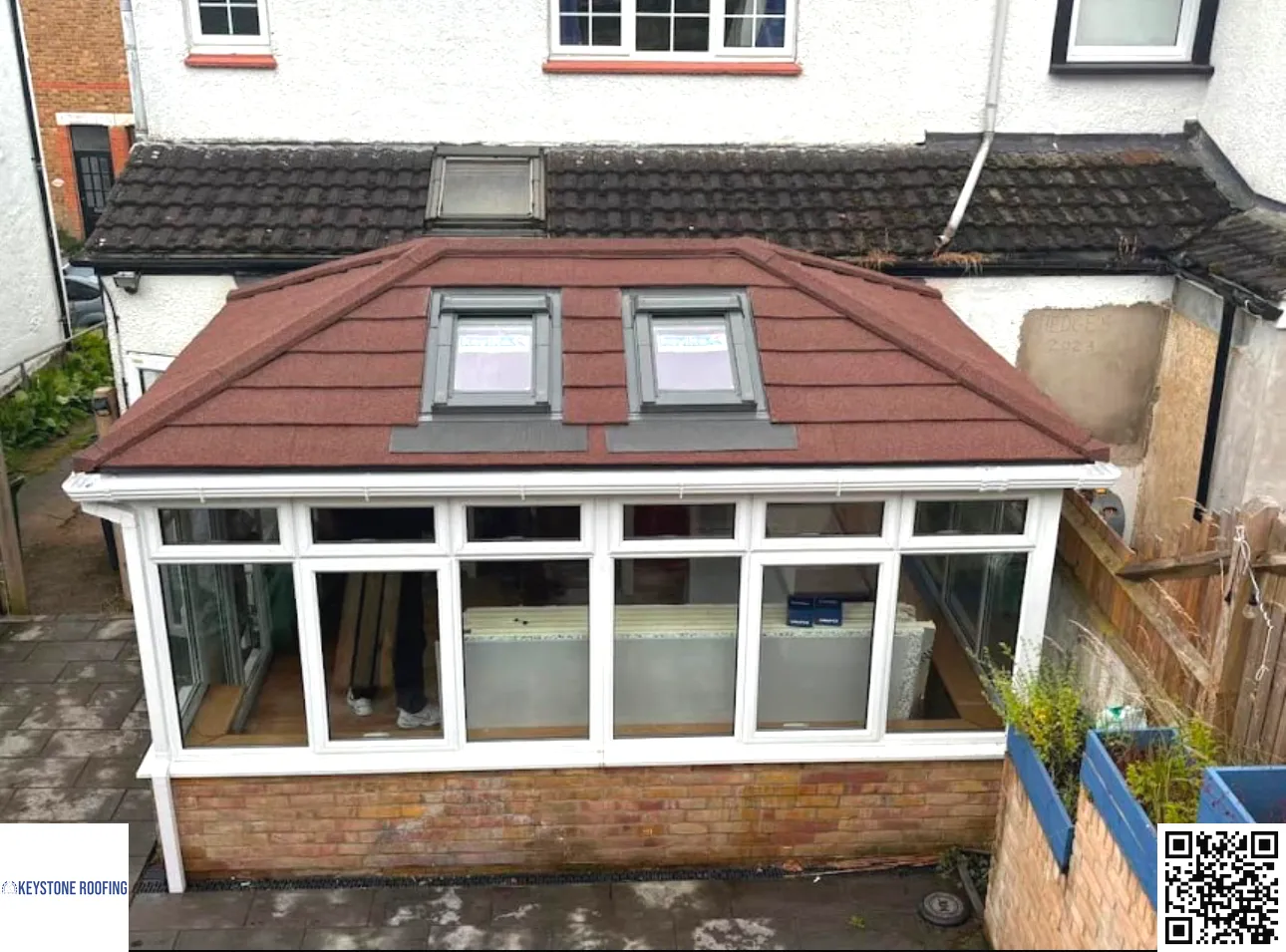Introduction
Your roof is one of the most crucial components of your home. It protects you and your belongings from the elements, enhances curb appeal, and contributes to energy efficiency. However, just like any other part of your house, roofs can deteriorate over time due to various factors. The question arises: how do you know when your roof needs attention? That's where understanding Signs of Roof Damage: When to Call a Professional comes into play.
Recognizing the signs of roof damage can save you from costly repairs down the line and ensure that your home remains safe and secure. In this comprehensive guide, we’ll explore various indicators of roof damage, discuss maintenance tips, and provide insight on when it’s time to call in the experts. So Keystone roofers cork grab a cup of coffee, sit back, and let’s dive into the world of roofing!
Signs of Roof Damage: When to Call a Professional
When it comes to maintaining your home, knowing signs of roof damage can be a game-changer. Homeowners often overlook their roofs until there's an obvious problem—like water leaking through the ceiling! But by then, it's usually too late.
Common Indicators of Roof Leaks
1. Water Stains on Ceilings and Walls
Have you noticed brownish stains forming on your ceilings or walls? This is often one of the most visible signs that you might have a roof leak. Water stains appear as a result of moisture seeping through damaged shingles or flashing.
- What To Do: If you see these stains, inspect your attic if possible. Look for missing shingles or damp insulation.
2. Mold Growth
Mold loves moisture! If you find mold in areas like your attic or near windows, it could indicate that there are leaks somewhere in your roof system.
- What To Do: If mold is present along with water stains, it’s time to call a professional for an inspection before it spreads further.
Roof Damaged Shingles: What Should You Look For?
3. Curled or Cracked Shingles
Shingles are designed to lie flat against the roof's surface; curled or cracked shingles are Click for more clear indicators that something is wrong.
- What To Do: Check for shingle deterioration after heavy storms; if many shingles are damaged, consider contacting a professional roofer.
4. Granule Loss
If you've noticed granules collecting in your gutters after rainstorms, this could mean your shingles are nearing the end of their life cycle.
- What To Do: Inspect multiple areas on your roof for granule loss—if it's widespread, replacement may be necessary.
Roof Storm Damage: Aftermath Checks
5. Missing Shingles After Heavy Winds
High winds can easily rip off shingles from your roof, leaving exposed areas vulnerable to leaks and further damage.
- What To Do: Conduct an exterior inspection right after any significant storm events; don't forget about hidden areas!
6. Dents in Metal Flashing
Flashing directs water away from critical areas around chimneys and vents—dents here can lead to serious issues over time.
- What To Do: Inspect metal flashings for dents or bends; if found compromised, professional repair may be required.
Emergency Roof Repairs: Timing is Everything!
7. Sagging Roof Decks
A sagging area in your roof could indicate structural issues stemming from prolonged water exposure or rot.
- What To Do: Don’t ignore sagging roofs! Call an emergency roofing service immediately!
Roof Maintenance Tips You Can’t Ignore
8. Regular Inspections Go A Long Way
One way to catch potential problems early is by conducting regular inspections—ideally twice a year (spring and fall).
- What To Do: Use binoculars from the ground level or hire professionals who have ladders and tools for thorough inspections.
Signs Your Roof Is Due for Replacement
9. Age Matters! Know Your Roof’s Lifespan
Different roofing materials come with varying lifespans; asphalt shingles last around 20 years while slate can last over 100 years!
- What To Do: If you're nearing the end of that lifespan without replacement history, consider investing in new roofing solutions.
The Importance of Quality Roofing Solutions
Investing in quality roofing materials can pay off tremendously over time—think long-term durability versus short-term savings!
FAQs
1. How do I know if my roof needs repairs?
Check for leaks inside your home, missing shingles outside, or visible wear like curling edges or granule loss.
2. What are common causes of roof damage?
Storms (especially hail), age-related wear-and-tear, improper installation processes, and lack of maintenance contribute significantly.
3. How often should I schedule professional inspections?
At least twice yearly—once in spring before storms begin and once again in fall after severe weather has passed will help catch issues early on!
4. Can I perform my own roofing repairs?
While minor fixes might be doable if you're handy around tools; larger repairs should always involve professionals for safety reasons!
5. Will insurance cover storm-related damages?
Most homeowners insurance policies cover storm-related damages; however specifics depend on individual policy details so consult directly with provider!
6. What should I do during an emergency leak situation?
Contain any internal leaks using buckets/towels while contacting emergency repair services who specialize in urgent situations!

Conclusion
Understanding the Signs of Roof Damage: When to Call a Professional isn’t just about avoiding costly repairs—it’s also about ensuring peace-of-mind knowing that you’re taking care of one vital component in protecting everything else within those four walls called home! By being proactive rather than reactive regarding roofing issues like leaks or damaged shingles—and following up with routine maintenance—you'll keep both yourself & loved ones safe from unforeseen dangers lurking overhead!